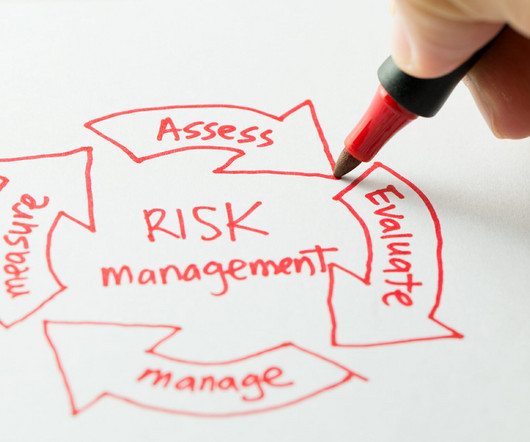Business Continuity Planning for the Manufacturing Industry
everbridge
OCTOBER 20, 2021
Building a Business Continuity Plan for the Manufacturing Industry. For those in the manufacturing industry, critical events threaten financial loss due to unplanned downtime, reduced factory utilization rates, lost revenue, and even employees put at risk. Manufacturing Industry-Specific Dangers. Brand diminishment.












Let's personalize your content